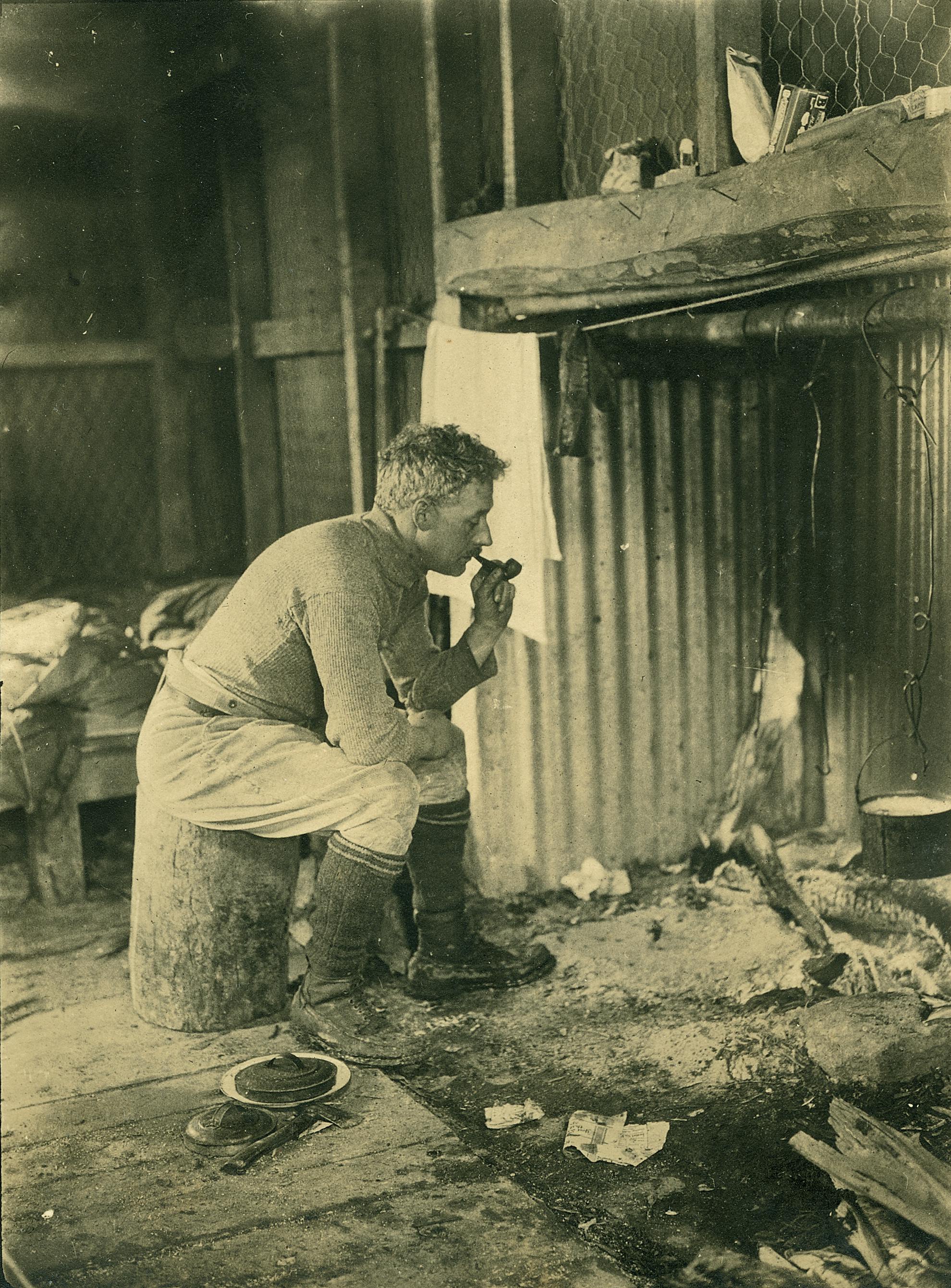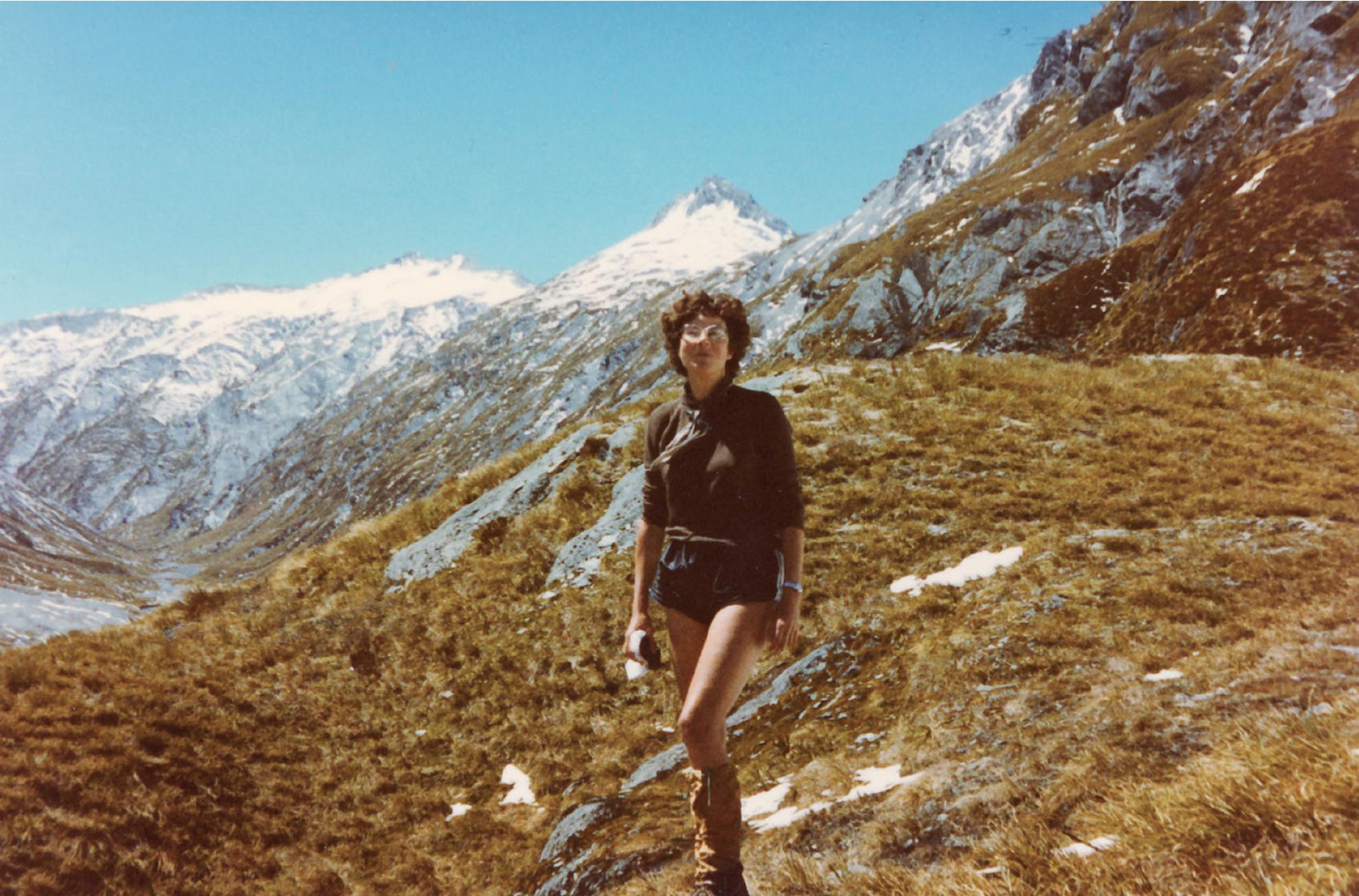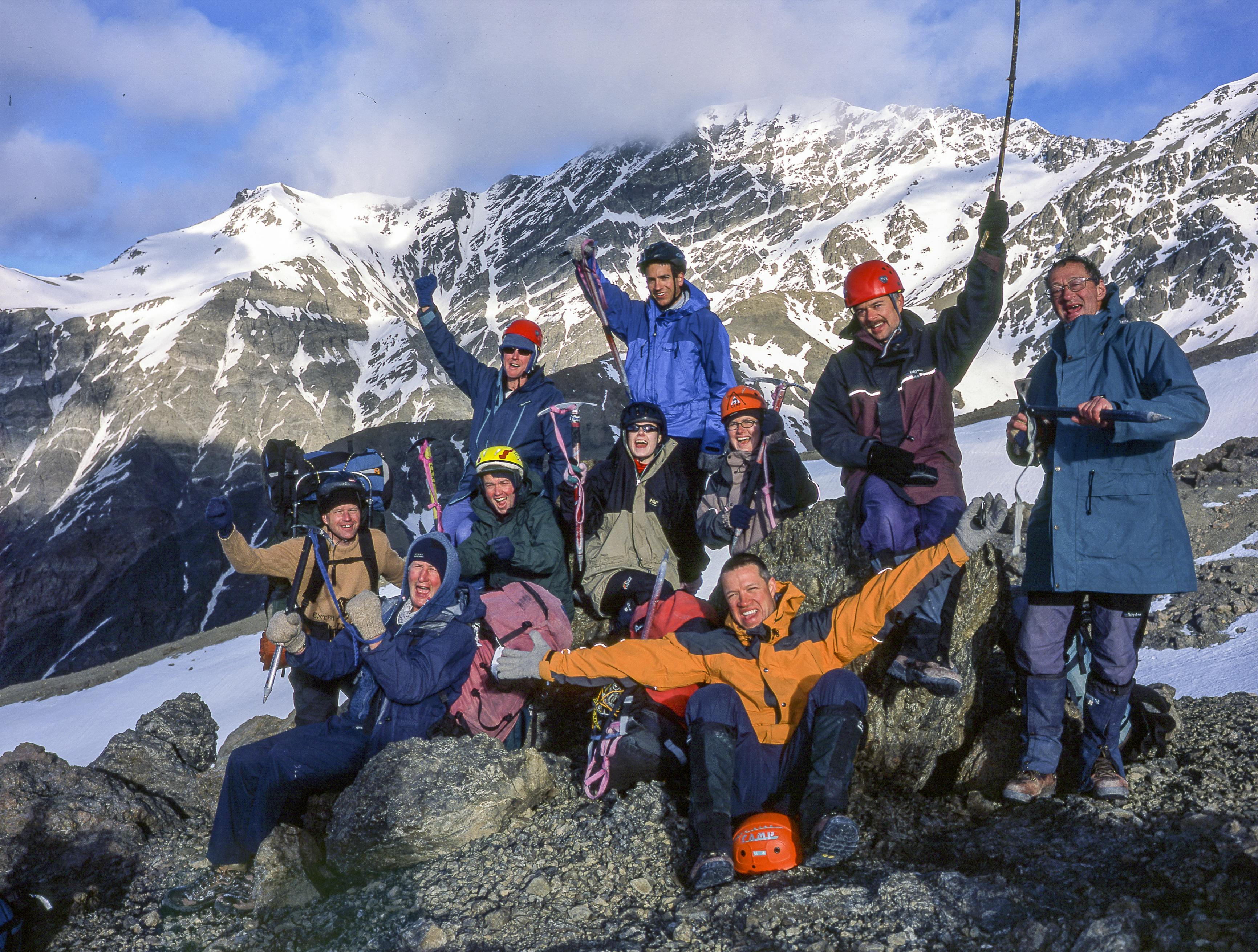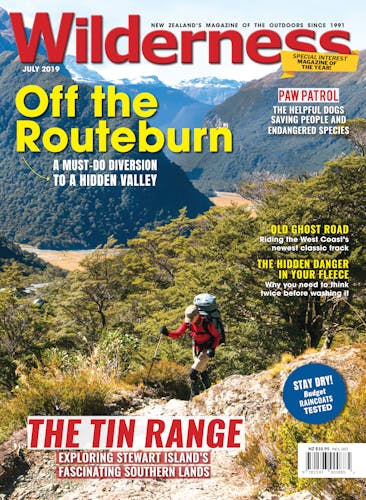The country’s oldest tramping club marks its centenary on July 3. To record this milestone, the Tararua Tramping Club commissioned a book, Leading the Way, by Shaun Barnett and Chris Maclean.
Both Chris and I uncovered many delights and surprising details about the Tararua Tramping Club during five years working on the book.
Most members won’t know that one of the club founders, Willie Field, almost drowned in the Arthur River, during a club tramping trip over the Milford Track in 1926. Field, then in his mid-60s, attempted to swim across the river to retrieve a rowboat, but the current proved too strong and he began to struggle. He lost his pack and only just made it back to shore.
Field, a skilled MP and shrewd businessman, was the older of the club’s two founders, and brought his considerable political knowledge to ensure such things as funding for track and hut development in the Tararua Ranges.
Fred Vosseler, the club’s other co-founder, was also a businessman who – somewhat incongruously for an outdoor enthusiast – ran a billiard table manufacturer called Alcock & Co, in central Wellington. It was there that the club held its first meeting, on July 3, 1919.
During the First World War, despite being born in New Zealand and a captain in the Garrison Artillery, Vosseler was not allowed to serve overseas because of his German parentage. He even came under suspicion as an ‘alleged alien’ until common sense prevailed and his name was cleared.
If Field was the politician, Vosseler was the evangelist of tramping, one who saw not only the beauty of the mountains, but their spiritual worth. When the bellbird and tui ‘give forth their praise to creation’, providing ‘glimpses of Heaven’, wrote Vosseler, ‘fortunate indeed is the favoured tramper’.
Vosseler also had the foresight to know that if organised tramping was to prosper, it needed to spread throughout the country. So he toured New Zealand, encouraging clubs to form in the main urban centres. He had direct involvement establishing the Hutt Valley, Otago and Auckland tramping clubs, and later co-founded Federated Mountain Clubs.
One of the club’s most enlightened decisions was to allow women to join; which not only doubled the potential membership, but went against the patriarchal ethos of other outdoor groups. Early female members challenged the notion of what was possible for women to accomplish, including breaking social taboos about what was appropriate to wear. In the 1930s, some of the club’s exceptional woman trampers made arduous first crossings of the Tararuas, sometimes in all-female groups. During the Second World War, women kept the club going when many of the men were serving overseas. It was a surprise, then, to learn that it was not until the mid-1980s that the club elected its first woman president.

Another revelation was how early the club became a spirited conservation advocate. Protecting the local ranges was one of the club’s objects right from its inception, and it was no accident members chose the native edelweiss flower, which grows in the Tararuas, as their symbol. As Vosseler once wrote, ‘Out of the TTC movement should spring a new army of those who know and love the native bush and birds’.
Early on, the club clashed with ex-Police Commissioner John Cullen, notorious for his arrest of Māori leader Rua Kenana at Maungapohatu, in Te Urewera, during 1916. After retirement, Cullen saw Tongariro National Park as his own personal fiefdom and set about planting Scottish heather, in order to introduce grouse as a game bird. The TTC vehemently opposed planting heather and other exotics, which the government eventually agreed to, but unfortunately not before the weeds were established. Mindful of the fragile nature of New Zealand’s natural areas, the TTC wanted many more national parks established, a wish that finally bore fruit in the 1950s.
During the 1980s, member Hugh Barr was particularly active in conservation issues. He was part of the Public Lands Coalition that saw some 600,000ha of unallocated lands come to the Department of Conservation when it formed in 1987 – land which otherwise may have been lost from public ownership. The Eyre Mountains and parts of the Paparoa Range are now parks resulting from that success. Other members, notably Barbara Marshall and Michael Bartlett, served for decades planting trees on Mana Island and ridding Mt Ruapehu of wilding pines.
Mt Ruapehu has long been a centre of club activity, and the club built its own lodge there during the 1950s. Naturally, this was a training ground for aspiring alpinists, but many readers will be surprised to learn the extent of places visited by club mountaineers, some of who have made first ascents in Patagonia, India, China and Antarctica. One of the most remarkable was a 1953 expedition that climbed Chamar, a 7165m peak in Nepal. The four club members (Maurice Bishop, Phil Gardner, Graham McCallum and Athol Roberts) organised their own expedition and climbed the mountain in alpine style – without supplementary oxygen. It has never been climbed again.

Leading the Way is a fully illustrated, 364-page hardback, and we were fortunate that the club agreed to the highest possible production standards. This enabled us to showcase some of the wonderful items from the club’s archive. Among the taonga that most delighted us were photo albums from the 1920s featuring beautiful calligraphy done by artistic club members. Another album records a remarkable horse trek members undertook in the Rainbow and Lewis Pass area, long before the roads were developed, which features photographs of the devastating 1929 Murchison Earthquake.
The sheer diversity of activity was another unanticipated aspect of club life. You expect an outdoor club to cut tracks, build huts and lead tramping, skiing and climbing trips. However, club members have also formed table tennis groups, led botany trips, gone hot air ballooning, staged plays, written songs, penned books, run gourmet tramping food competitions, organised marathons and hosted dances. The club even had women’s hockey and men’s rugby teams, who competed – often vigorously – against the Hutt Valley Tramping Club. Diversity has been a saviour of the club in recent years, as it has adapted to an older membership. Catering for retired folk or those who work weekends, the Wednesday walks are now hugely popular. Sea kayaking, cycling and sailing have also been part of the club’s programme.
Today, the Tararua Tramping Club has over 700 members, and can be proud of its record leading the way through a century of organised tramping.








